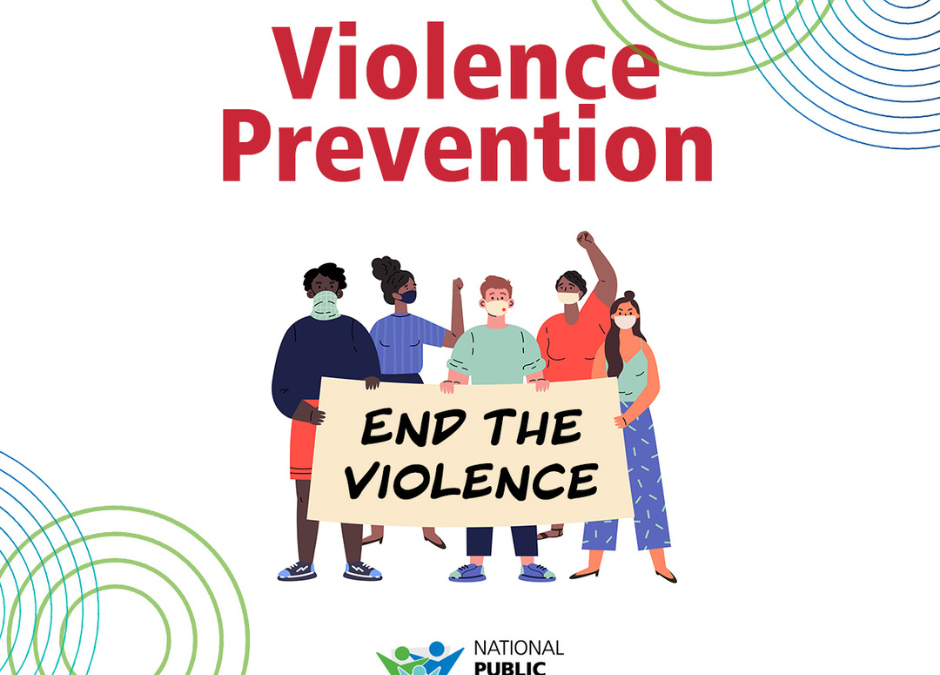April 3-9, 2023, the American Public Health Association (APHA) celebrates National Public Health Week (NPHW). This year’s focus is Centering and Celebrating Cultures in Health and the unique ways different cultures approach health. Each day has a specific theme and calls to action. Today we share NPHW’s piece on Violence Prevention.
For science.
National data show gun-related deaths are on the rise: in 2020, the U.S. was home to 19,384 homicides and 24,292 suicides involving guns. Those numbers are the highest documented levels in a decade. About one in three women and one in four men experience some form of intimate partner violence, and one out of every four American women has been the victim of rape or attempted rape. In 2020, 618,000 victims of child abuse and neglect were reported to local officials. Not all communities face the same rates or kinds of violence. For example, Black people are two times more likely to be killed by police than their white counterparts.
For action.
Urge policymakers to provide research funding that’s on par with the nation’s gun violence epidemic and call on lawmakers to pass commonsense measures that reduce the risk of gun deaths and injuries. Work with local colleges and universities to prevent sexual violence and provide training on ways to better help victims of sexual violence, such as offering trauma-informed services. Learn about community-based strategies for creating the kinds of safe, stable, and nurturing environments that help prevent child abuse and neglect. Advocate for community-driven solutions that identify and target the root of violence and don’t criminalize entire communities.
For health.
Much more data is needed, but research already shows commonsense gun safety laws can make a difference. Studies have shown that in the years following Connecticut’s permit-to-purchase handgun law, firearm homicides decreased by 40%. Using public health-based interventions can make a difference in the reduction of violence. Home-visiting models have been shown to significantly reduce the risk of child maltreatment. Community-led models can be effectively used to implement violence prevention activities. For example, the innovative Cure Violence model, which applies the public health lens to violence prevention, has resulted in significant drops in local gun violence. Public health scientists also have identified highly cost-effective, citywide interventions to revitalize the places where people live, work, and play, reducing gun violence, crime, and fear in disadvantaged communities.
In celebration.
Culturally specific interventions are critical to effective violence prevention and reduction. For example, intimate partner violence or other controlling and abusive behaviors may be normalized in certain cultures due to taboos or patriarchal social norms. Culturally specific programs have reduced violence in those settings by implementing prevention strategies unique to those cultures. Culturally appropriate, tailored messaging around suicide prevention has been proven to help people reduce access to firearms in rural U.S.
Citation: https://nphw.org/Tools-and-Tips/Toolkit/Promote-NPHW

